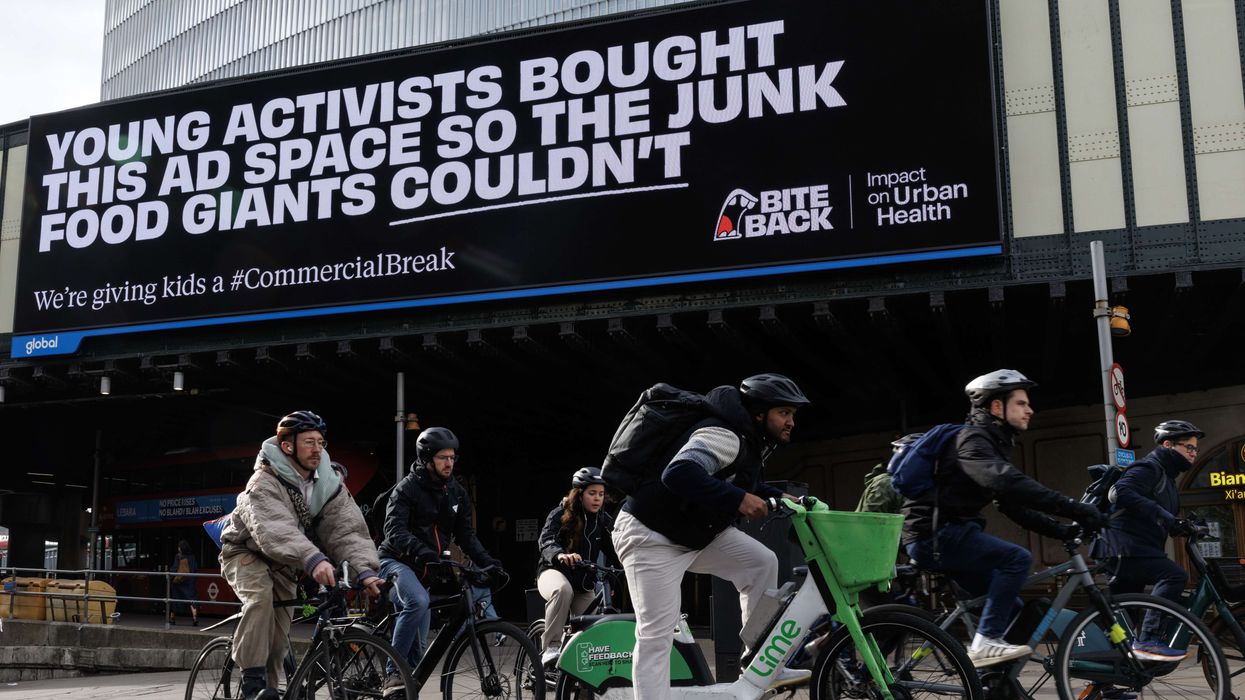AN NHS midwife – whose “expertise helped bring hundreds of new lives in to the world” – has succumbed to coronavirus just a fortnight after her father died of Covid-19 complications.
Safaa Alam, 30, who worked at Birmingham Women’s and Children’s Hospital for over five years, was on the forefront to assist people during the outbreak.
“I am a midwife and will make sure you and your baby are safe when you need our help at the hospital,” she had posted on Facebook.
“Everybody please help me stay safe by staying at home as much as you can.”
Her heartbroken husband, Shazad, said Safaa was “very passionate” about her work, and would “often dedicate more than what was required”.
Shazad added that he and Safaa had been “childhood sweethearts”.
“Saf was my beautiful and full of life wife,” he said. “She has left an empty feeling and space in my life and for many others which will take a long time to heal.
“Whenever we visited family or friends she would naturally lean towards any children and create lasting fun activities with them full of laughter and happiness.
“My years with Saf have been filled with love, fun and adventure; this was just the beginning of our lives together, her passing has been premature.”
The Birmingham Women’s and Children’s Hospital said Safaa was an “inspirational and much-loved” midwife.
After starting off as a nurse, she progressed to the specialist role of risk management midwife with her “passion for patient safety”.
The hospital said she “took pride in supporting her colleagues to maintain safety, standards of care and lead improvement of services”.
“Safaa was known for her kindness and compassion, and loved by family, friends and colleagues alike,” it added.
Sarah-Jane Marsh, chief executive of the hospital, said: “Safaa was an amazing midwife whose skills and expertise helped to bring hundreds of new lives in to the world, whilst supporting women on their journey to motherhood.
“We promise to continue to uphold Safaa’s values and commitment to safe maternity care, wrapped up in the kindness and compassion she exemplified.
“Our thoughts and prayers are with her husband and family as they come to terms with their devastating loss.”
Rachel Carter, head of midwifery at the hospital, said: “Safaa was loved by all of us here at Birmingham Women’s. Not only was she generous with her time, approachable, and extremely hard-working; a true role model, but she was also a dear friend and the glue to our team.
“To watch Safaa work was inspiring, she provided women, babies and families with exceptional care and did this with the greatest level of compassion, putting everyone she worked with at ease.
“Our memories of Safaa will always be cherished, and we’ll greatly miss her strength and positive outlook on life.”











